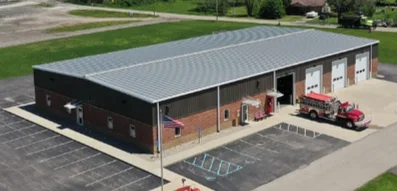This 309 MW solar farm in Michigan will be built on 2,900 acres and is expected to generate enough electricity to power 75,000 homes. Construction is set to begin in March 2024.
The Sunfish Solar 2 Project sounds like an impressive undertaking! Here's what I have on it:
Key facts:
- Location: Michigan
- Size: 309 MW capacity
- Land area: 2,900 acres
- Power generation: Enough to power 75,000 homes
- Construction timeline: Starts March 2024, expected completion by December 2025
- Developer: Consumers Energy Company
Benefits:
- Clean energy: Generates renewable electricity, reducing reliance on fossil fuels and greenhouse gas emissions.
- Local jobs: Creates jobs during construction and operation of the solar farm.
- Community benefits: Potential for revenue sharing with local communities, educational programs, and land restoration efforts.
Potential challenges:
- Land use: Converting 2,900 acres to solar panels could raise concerns about impact on agriculture, wildlife, and scenic views.
- Transmission infrastructure: Connecting the solar farm to the grid may require new transmission lines, raising additional costs and potential opposition.
- Community engagement: Ensuring the project benefits the local community while addressing their concerns is crucial.
The Sunfish Solar 2 Project has the potential to be a significant step towards clean energy in Michigan. However, it's important to address potential challenges and ensure the project is developed responsibly and with community input.
Table of The Sunfish Solar 2 Project
Sunfish Solar 2 Project Data Summary
| Feature | Details |
|---|---|
| Location | Michigan |
| Size | 309 MW capacity |
| Land area | 2,900 acres |
| Power generation | Enough to power 75,000 homes |
| Construction timeline | Starts March 2024, completion by December 2025 |
| Developer | Consumers Energy Company |
| Benefits | Clean energy, local jobs, community benefits |
| Potential challenges | Land use, transmission infrastructure, community engagement |



